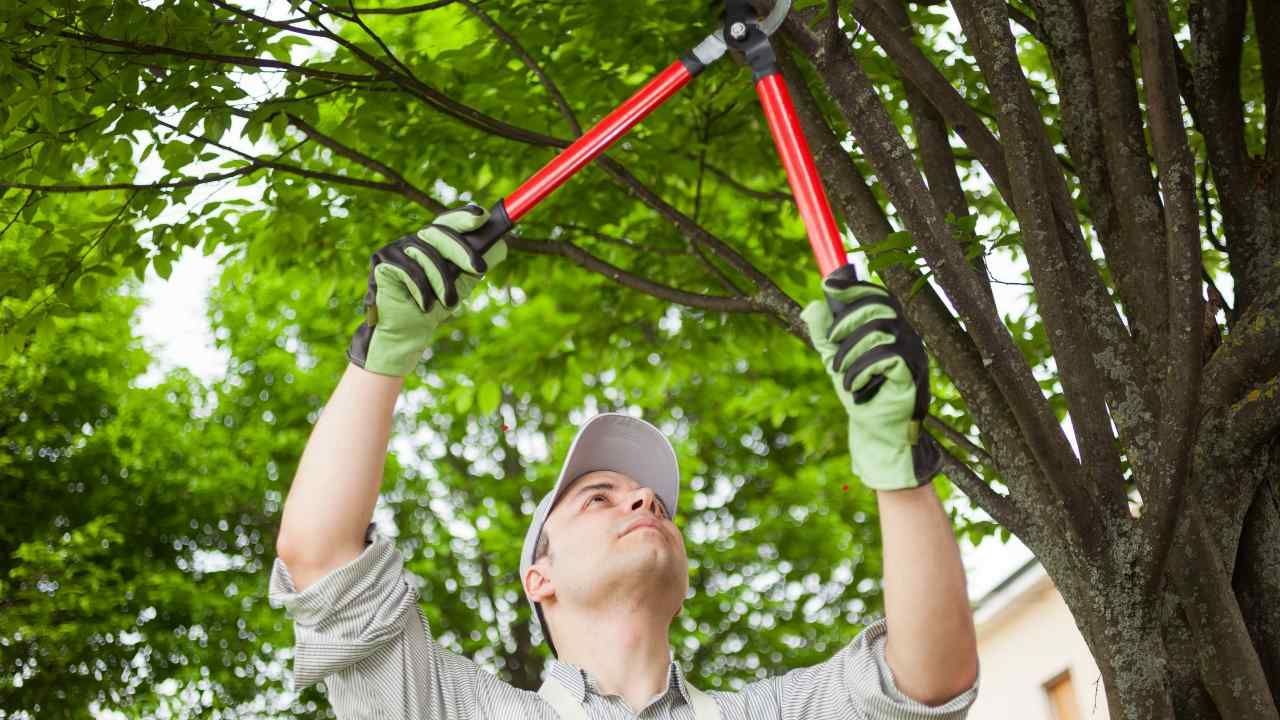Tree Care Myths Debunked: What’s Really Best for Your Trees?

Tree care is full of advice—some of it helpful, some of it outdated, and some just plain wrong. Homeowners trying to do right by their trees often follow myths that, instead of helping, can actually harm their landscape. At Avalanche Landscaping, we’ve seen firsthand how misinformation leads to damaged, diseased, or even dying trees.
So, what’s real and what’s just a myth? Let’s break down some of the most common misconceptions about tree care in New Haven CT and what actually works.
Myth #1: Trees Don’t Need Regular Pruning—Nature Takes Care of It
It’s true that trees in the wild don’t get pruned, but that doesn’t mean yours should be left alone. Urban and suburban trees face challenges nature never intended—limited root space, competing plants, and exposure to human-made stressors. Without pruning, weak branches can become hazardous, overgrowth can block sunlight, and improper weight distribution can lead to structural failure.
The truth: Regular, strategic pruning promotes healthy growth, reduces disease risk, and improves tree structure. It’s best done by a professional who understands the right techniques and timing.
Myth #2: Topping a Tree Helps It Grow Back Stronger
Many believe cutting off the top of a tree forces it to grow back thicker and healthier. In reality, topping is one of the most damaging practices out there. Removing large portions of the canopy starves the tree, exposes it to sunscald, and forces it into survival mode, leading to weak, unstable regrowth.
The truth: Instead of topping, trees should be selectively pruned to remove problem branches while maintaining a natural structure. A skilled arborist can shape a tree without compromising its long-term health.
Myth #3: Newly Planted Trees Should Be Staked for Support
It might seem logical to stake a young tree to help it grow upright, but excessive support actually weakens it. Trees develop strong trunks and root systems by swaying in the wind. When staked too tightly, they become dependent on artificial support and struggle to hold themselves up once the stakes are removed.
The truth: Only stake a tree if it’s unstable or in a high-wind area, and remove the supports after a year to encourage natural strength.
Myth #4: Tree Wounds Need to Be Sealed with Paint or Tar
For years, homeowners and even some landscapers believed that covering a tree wound with a sealing product would protect it from pests and disease. However, research shows that wound dressings trap moisture and bacteria, slowing the healing process and increasing decay.
The truth: Trees naturally compartmentalize wounds, creating their own protective barriers. The best approach? Let them heal naturally and keep an eye out for signs of infection.
Myth #5: More Mulch Means More Protection
Mulch is great for tree health—when used correctly. But piling mulch up against the trunk in a thick mound (often called a "mulch volcano") can trap moisture, attract pests, and cause rot.
The truth: Mulch should be spread in a 2-4 inch layer, starting a few inches away from the trunk and extending outward. This helps retain moisture and suppress weeds without suffocating the tree’s base.
Myth #6: If a Tree Looks Healthy, It Must Be Healthy
Many tree problems start below the surface, where symptoms aren’t immediately visible. Root rot, insect infestations, and internal decay can all affect a tree long before obvious signs appear.
The truth: Regular inspections by a professional can catch hidden issues early. Just because a tree is full of green leaves doesn’t mean it’s structurally sound or disease-free.
Case Study: A Costly Lesson in Tree Care Myths
A homeowner in New Haven believed their decades-old oak tree was healthy because it showed no external signs of damage. Unfortunately, they had followed a common myth: that mature trees don’t need regular check-ups. During a routine service call, we discovered severe internal decay, likely caused by years of improper pruning and ignored root stress. The tree had become a safety hazard and needed removal—something that could have been prevented with earlier intervention.
In contrast, another client contacted us for a health assessment on their backyard trees. By catching early signs of disease, we were able to treat the affected trees and save them, avoiding costly removal and preserving their beautiful landscape.
The Right Tree Care Starts Here
Tree myths spread because they seem logical, but following the wrong advice can put your trees—and your property—at risk. Whether you need expert tree trimming, health assessments, or tree removal, Avalanche Landscaping provides professional services that protects your trees and ensures long-term health.
Contact us today for a consultation and let’s make sure your trees get the right care—not just the common myths!

